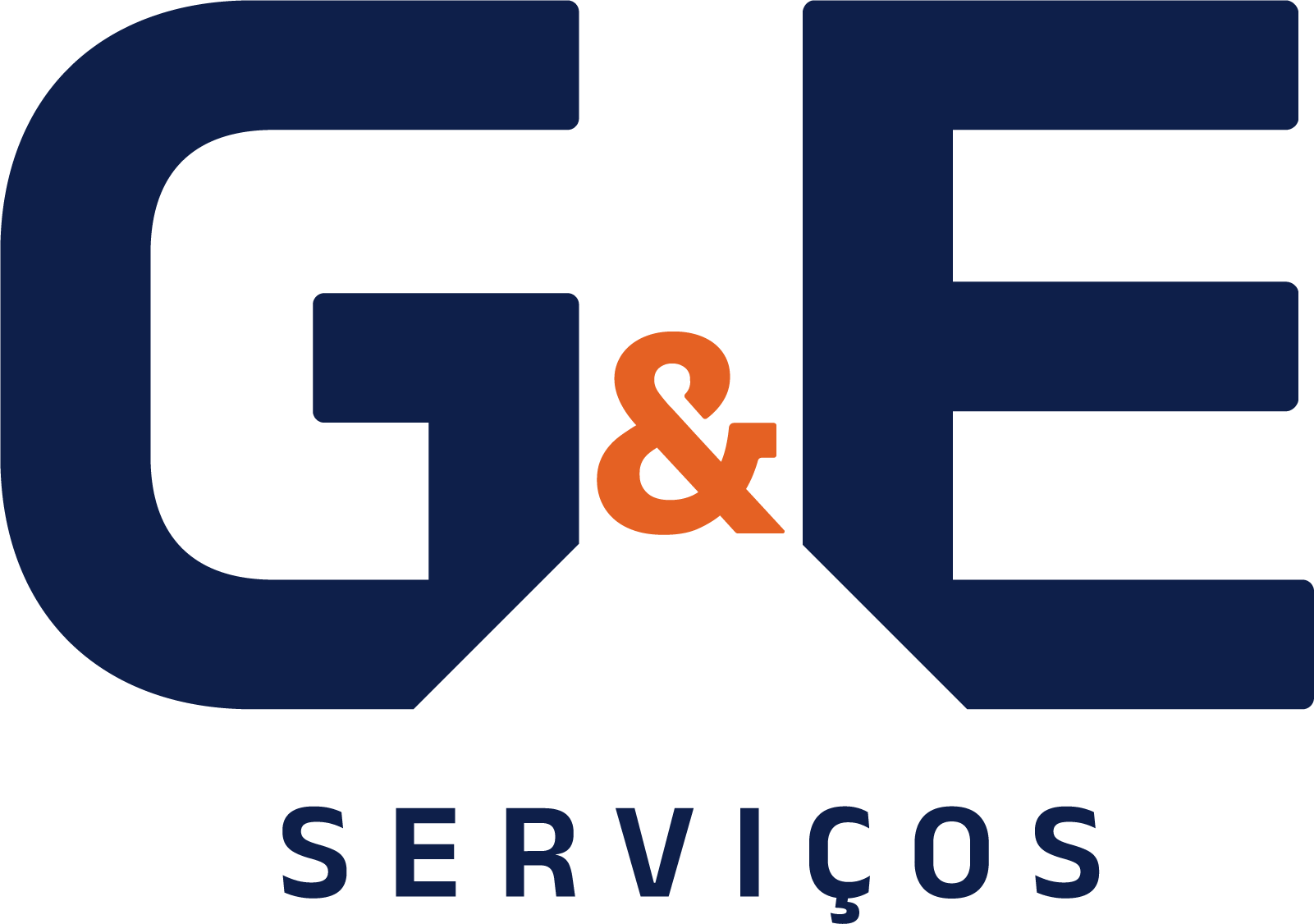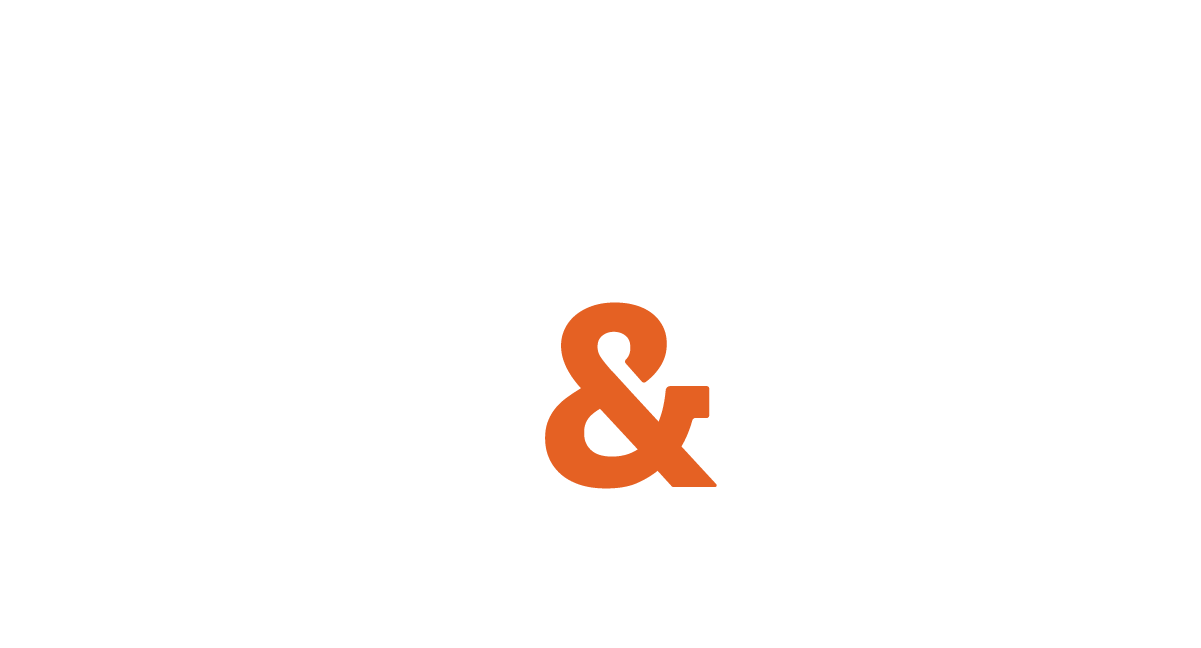This is a very conservative metric, as it compares only cash on hand (no other assets) to the interest expense the company has relative to its debt. They want to see if a company maintains adequate cash balances to pay off all of their current debts as they come due. Creditors also like the fact that inventory and accounts receivable are left out of the equation because both of these accounts are not guaranteed to be available for debt servicing. Inventory could take months or years to sell and receivables could take weeks to collect.
Therefore, the restaurant owner visits its local bank seeking a $500,000 loan. Therefore, the company would be able to pay off all of its debts without selling all of its assets. Shaun Conrad is a Certified Public Accountant and CPA exam expert with a passion for teaching. After almost a decade of experience in public accounting, he created MyAccountingCourse.com to help people learn accounting & finance, pass the CPA exam, and start their career.
Look for the total amount of cash and cash equivalents and the total current liabilities to perform the calculation. One such measurement the bank’s credit analysts look at is the company’s coverage ratio. To calculate, they review the statement of cash flows and find last year’s operating cash flows totalled $80,000,000 and total debt payable for the year was $38,000,000. In finance, you often come across different terms that mean the same thing, or almost the same thing. Such is the case with the cash coverage ratio (CCR), which is the same as the cash ratio.
Accounting Crash Courses
Apple, Inc. held $37.1 billion of cash and $26.8 billion of marketable securities at the end of 2021. Apple had $63.9 billion of funds available in total for the immediate payment of short-term debt. Between accounts payable and other current liabilities, Apple was bookkeeper in tennessee responsible for roughly $123.5 billion of short-term debt. If your company has no debt requiring an interest payment, the cash coverage ratio is not useful.
Step 1: Calculate the Cash Coverage Ratio
Suppose XYZ & Co. is seeking out a loan to build a new manufacturing plant. The lender needs to review the company’s financial statements to determine XYZ & Co.’s credit worthiness and ability to repay the loan. Properly evaluating this risk will help the bank determine appropriate loan terms for the project.
For example, if your EBIT number is $60,000, and your depreciation expense is $4,000, the total you’ll use to calculate your cash coverage ratio is $64,000. A ratio higher than 1 means that the business has more cash available than required to pay off its current liabilities. This suggests good liquidity and financial stability, as the company has excess cash to handle unexpected expenses or invest in opportunities. In general, a cash ratio of 1 or higher represents a positive scenario, and tells you that the business you’re assessing can cover its current debts by using cash alone. Let’s dive into how the cash coverage ratio is used to evaluate the company’s liquidity. Typically, you may combine cash and equivalents on your balance sheet or list them separately.
It provides insight into a company’s liquidity and financial health by indicating how many times a company can cover its interest payments with its available cash. Specifically, it gauges how easily a company comes up with the cash it needs to pay its current liabilities. It is in the same family as the metrics that include the current ratio and the quick ratio. However, it’s more restrictive because it measures only the available cash and cash equivalents, not other assets. The required data for calculating what is bookkeeping the cash coverage ratio can be found on the company’s balance sheet.
- The Cash Coverage Ratio is a financial metric used to assess a company’s ability to pay off its interest obligations using its available cash and cash equivalents.
- This is a fairly high ratio which means Sophie maintains a relatively high cash balance during the year.
- Lending is not the only time cash flow coverage becomes important.
- We recommend them to anyone needing any type of commercial real estate transaction and we further highly recommend them for any type of commercial financing.
- The company can also evaluate spending and strive to reduce its overall expenses, thereby reducing payment obligations.
Calculations Less Than 1
However, for those of you carrying debt with interest expense, it can be extremely useful. You’ll also find that a company’s balance sheet generally reports its current or short-term liabilities separately from its long-term liabilities, making them easy to identify. You can calculate the CCR by hand, in Excel, or using a calculator.
The cash portion of the calculation also includes cash equivalents such as marketable securities. The cash ratio is generally a more conservative look at a company’s ability to cover its debts and obligations compared to other liquidity ratios. It sticks strictly to cash or cash-equivalent holdings, leaving other assets such as accounts receivable out of the equation. This means the company has four times the amount of cash and cash equivalents needed to cover its interest expenses, indicating strong liquidity and financial health. This is one more additional ratio, known as the cash coverage ratio, which is used to compare the company’s cash balance to its annual interest expense.
As a general benchmark, an interest coverage ratio of 1.5 is considered the minimum acceptable ratio. An ICR below 1.5 may signal default risk and the refusal of lenders to lend more money to the company. As with most liquidity ratios, a higher cash coverage ratio means that the company is more liquid and can more easily fund its debt. Creditors are particularly interested in this ratio because they want to make sure their loans will be repaid.
Apple’s operating structure shows the company leverages debt, takes advantage of favorable credit terms, and prioritizes cash for company growth. The company has nearly twice as many short-term obligations despite having billions of dollars on hand. As with any ratio, it’s important to view the results cautiously, understanding that an accounting ratio often represents just a single area of your business. However, they are a helpful tool and can provide you with insight into business liquidity, which is an important metric for anyone who owns a business. As you can see from the results of this calculation, Company C’s current cash reserve is about 0.75, or 75% of its current liabilities. This ratio is also known as the cash to current liabilities ratio.
Debt service coverage ratio
An ASR of 1 means that the company would just be able to pay off all its debts by selling all its assets. An ASR above 1 means that the company would be able to pay off all debts without selling all its assets. The cash coverage ratio is calculated by adding cash and cash equivalents and dividing by the total current liabilities of a company. A Coverage Ratio is any one of a group of financial ratios used to measure a company’s ability to pay its financial obligations.
Clearly, you must average the current liabilities over that same period. In contrast to the CCR, the current CDCR points to the income statement. Conversely, this is different from the CCR, which depends only on the balance sheet.
A ratio under 0.5 is considered risky because the entity has twice as much short-term debt compared to cash. The cash coverage ratio is not a ratio typically run by a small business bookkeeper. If you’re a sole proprietor or a very small business with no debt on the books, other accounting ratios are much more useful, such as current ratio or quick ratio. Any time that your cash coverage ratio drops below 2 can signal financial issues, while a drop below 1 means your business is in danger of defaulting on its debts. While a ratio of 1 is sufficient to cover interest expenses, it also means that there’s not enough cash to pay other expenses. Once you’ve calculated EBIT, you‘ll need to add back any depreciation or amortization expenses.
The CCR measures cash and equivalents as a percentage of current liabilities. However, the CDCR measures net cash from operations as a percentage of average current liabilities. Finally, the cash flow to debt ratio measures net cash from operations as a percentage of total debt. The asset coverage ratio (ACR) evaluates a company’s ability to repay its debt obligations by selling its assets. In other words, this ratio assesses a company’s ability to pay debt obligations with assets after satisfying liabilities.

